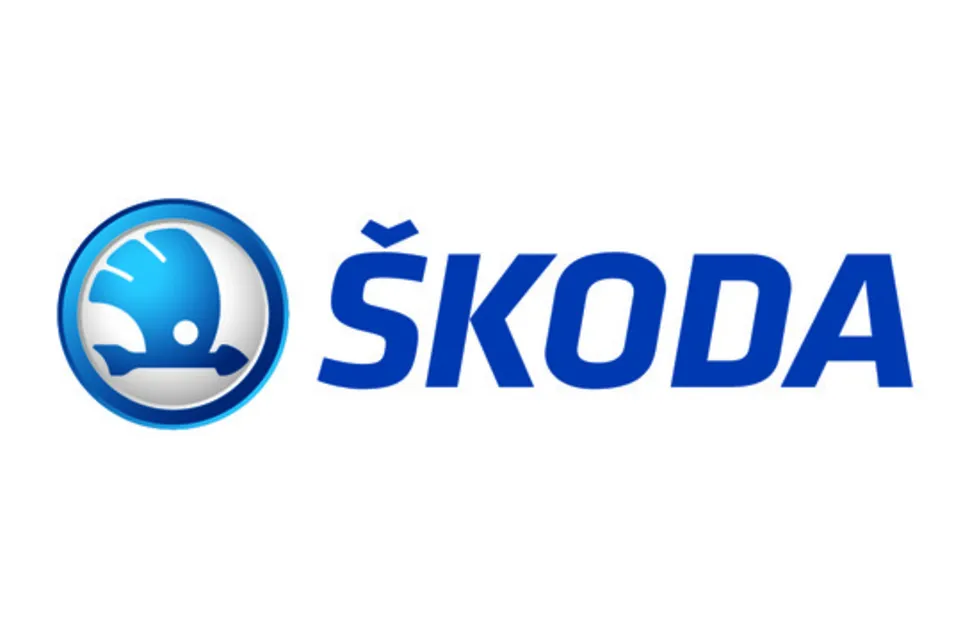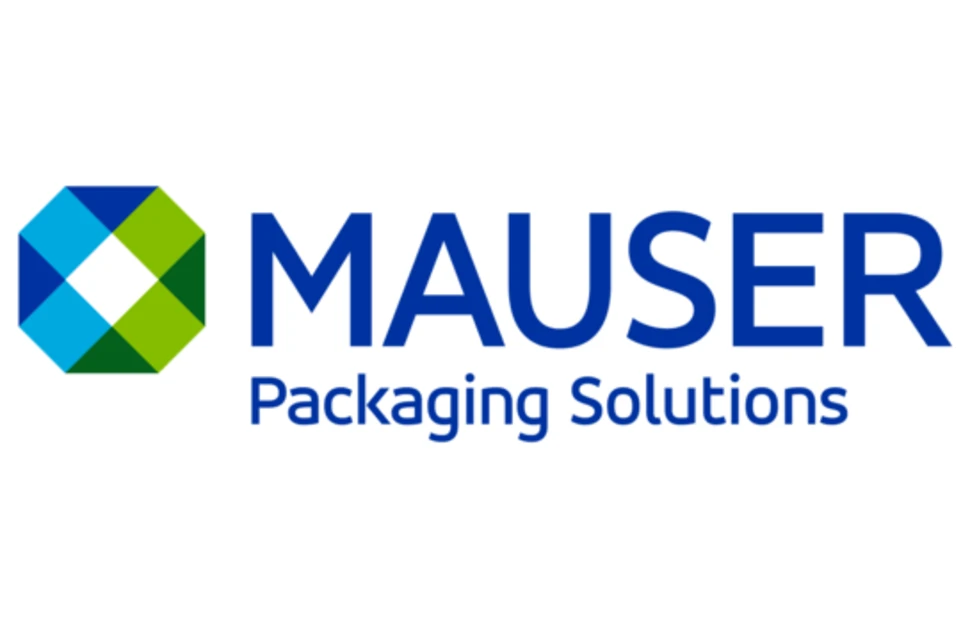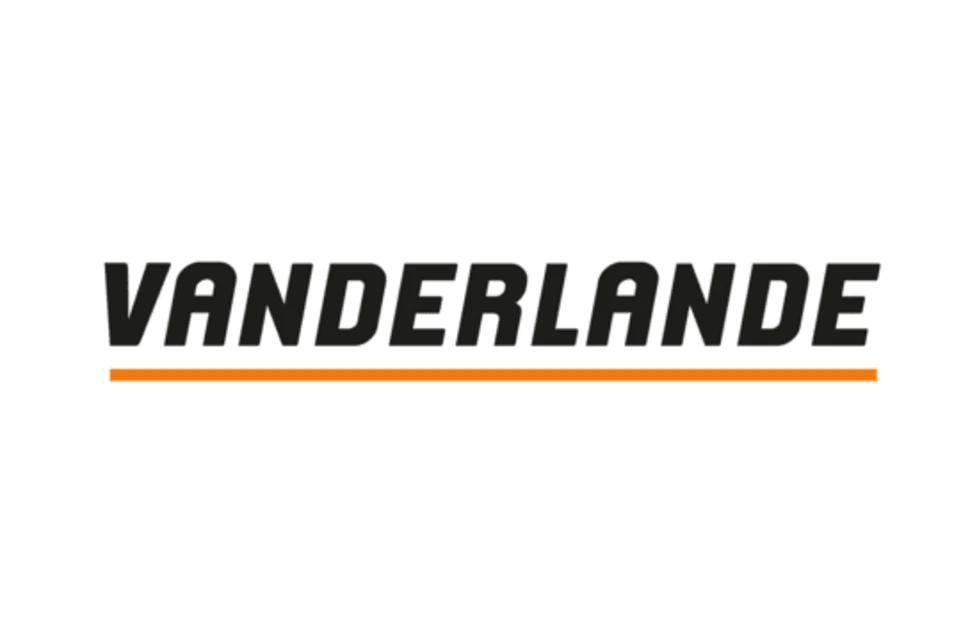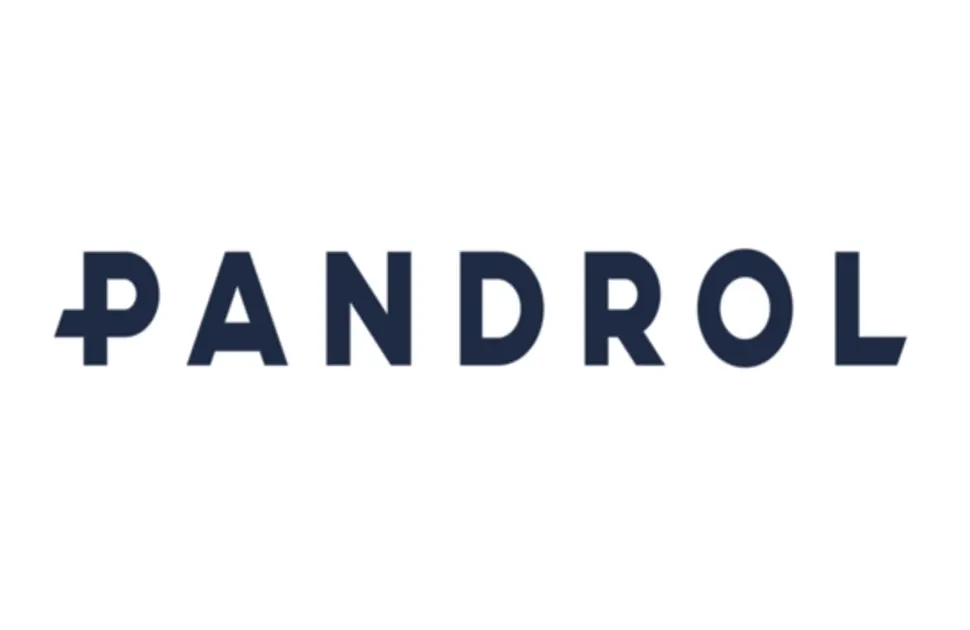European steel prices falter as demand eases
The rapid escalation of European steel prices, caused by Russia’s invasion of Ukraine, faltered during late April and early May. Stocks throughout the supply chain were full, as a consequence of the initial panic-buying. Thereafter, demand slowed, with several other factors contributing to market uncertainty.
The war in Ukraine continues, with few prospects of a cessation of hostilities in the short term. Many supply routes from the region remain blocked or under sanctions. European steel rerollers, however, have succeeded in obtaining alternative feedstock, allowing them to resume normal production.
Major lockdowns in China, in pursuit of its zero-Covid approach, disrupted steel output. This exerted downward pressure on raw material prices. The gap between international steel values and EU domestic levels widened. Import offers became very attractive, at least for the basic grades.
As production schedules declined, European steel mills started to seek orders. Transaction values decreased quicker, and more substantially, for coil products than for long products. The latter, however, came under pressure as scrap prices weakened, at the start of this month.
High EU finished steel product prices also created a threat to existing and future construction projects. Faced with high stocks, fewer orders and the uncertainties outlined, distributors adopted a “wait and see” approach.
The European coil market quietened during April, as buyers delayed their order placement. Mill delivery lead times shortened. Prices fell significantly and, after a brief pause, continued to decrease in May. Sheets and hollow sections also became less expensive.
The downward price trend for long products commenced later, at the start of May. High stock levels and reduced order intake were again the principal causes. The earliest and largest reductions were in Spain, which subsequently affected the French market. Further weakening is forecast.
Chinese steel production and demand are expected to improve, as domestic Covid-related restrictions are lifted. This market, however, has been affected by an influx of diverted Russian material. This has the potential to increase Chinese export volumes, putting downward pressure on international values.
Steelmakers, worldwide, anticipate a sustained period of inflated energy costs. Furthermore, they continue to invest in new, green technologies. This will maintain the impetus for steel prices to remain at elevated levels.
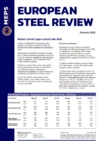
Source:
European Steel Review
The MEPS European Steel Review is an informative, concise and easy-to-use monthly publication, offering unique professional insight into European carbon steel prices.
Go to productRequest a free publication
